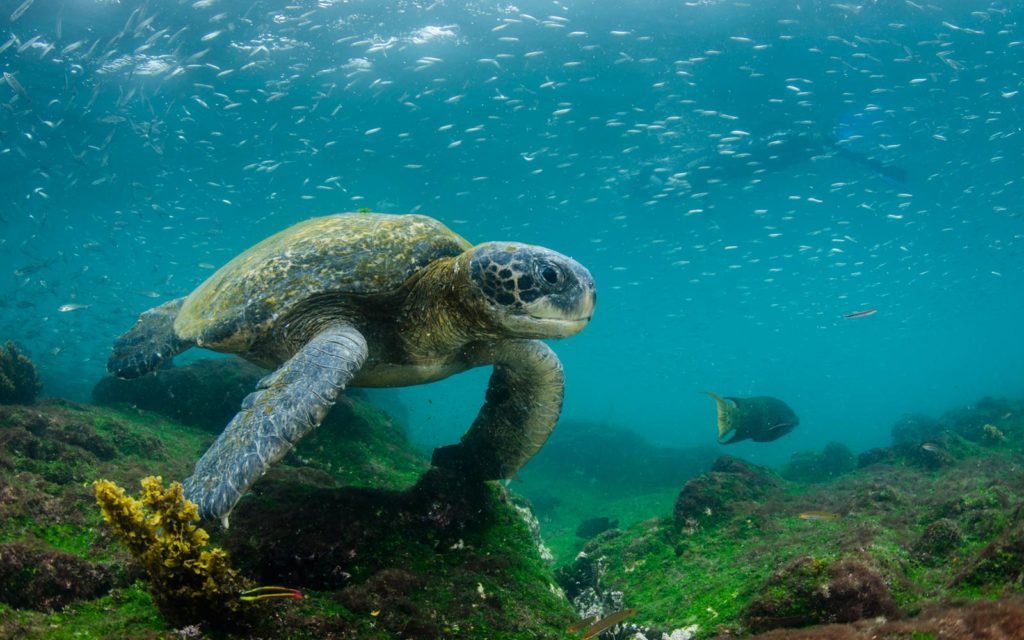Thirty new marine species have been discovered in the depths of the Galapagos archipelago, its National Park management announced on Monday.
They include four species of okupa lobster, fifteen species of coral, one species of starfish and eleven species of sponges.
These discoveries were made using unmanned underwater devices that can descend to a depth of 3,400 meters.
"The depths of the sea remain the last frontier on Earth, and this study provides an exhaustive knowledge of the fauna that lives there,” Spanish oceanologist Pelayo Salinas de Leon said, member of the Charles Darwin Foundation (FCD) and of the National Geographic specialty television station's Pristine Seas project, which led the study.
The underwater explorations started in 2015 has focused on three sea mountains on the outskirts of Darwin and Wolf Islands.
"These underwater mountains are found in the Galapagos Marine Reserve and are protected from destructive human practices such as bottom trawling or deep-sea mining, practices which have catastrophic effects on these fragile communities," de Leon emphasized.
With 138,000 square kilometres, the Galapagos Marine Reserve is the second largest in the world. Its depths conceal very diverse habitats which nourish the islands rich biodiversity.
The Brussels Times

